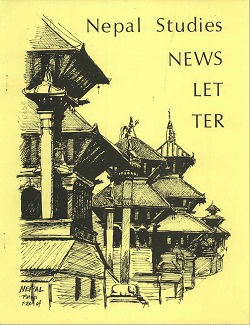Author Biography
Duncan Poupard is an Assistant Professor in the Department of Translation at the Chinese University of Hong Kong. His research focuses on the translation of Chinese minority texts, specifically those of the Naxi people, and looks at themes of cultural representation in translation and the issues involved in translating semi-oral, non-linear writing. He has worked with museums and research groups around the world, including the British Library and the Barcelona Museum of World Cultures.
Abstract
This article is a pan-Himalayan story about how the turtle, as a cultural symbol within Sino-Tibetan divination iconography, came to more closely resemble a frog. It attempts a comparative analysis of Sino-Tibetan divination manuals, from Tibetan Dunhuang and Sinitic turtle divination to frog divination among the Naxi people of southwest China. It is claimed that divination turtles, upon entering the Himalayan foothills, are not just turtles, but become something else: a hybrid symbol transformed via cultural diffusion, from Han China to Tibet, and on to the Naxi of Yunnan. Where borders are crossed, there is translation. If we go beyond the linguistic definition of translation towards an understanding of transfer across semiotic borders, then translation becomes the reforming of a concept from one cultural framework into another. In this way, cultural translation can explain how divination iconography can mutate and transform when it enters different contexts; or in other words, how a turtle can come to lose its shell.
Creative Commons License

This work is licensed under a Creative Commons Attribution-Noncommercial-No Derivative Works 4.0 License.
Recommended Citation
Poupard, Duncan J.. 2018. How the Turtle Lost its Shell: Sino-Tibetan Divination Manuals and Cultural Translation. HIMALAYA 38(2).
Available at:
https://digitalcommons.macalester.edu/himalaya/vol38/iss2/5
Plate 1
plate 2.png (16448 kB)
Plate 2
plate 3.png (17779 kB)
Plate 3
plate 4.png (15947 kB)
Plate 4


